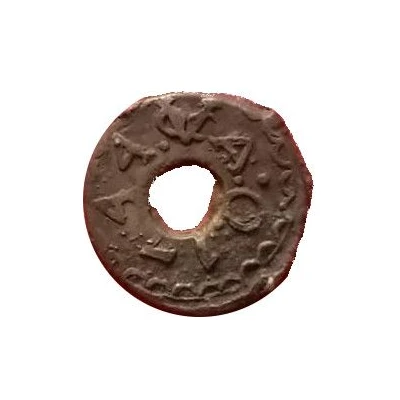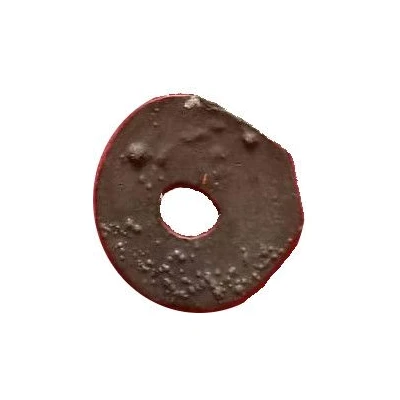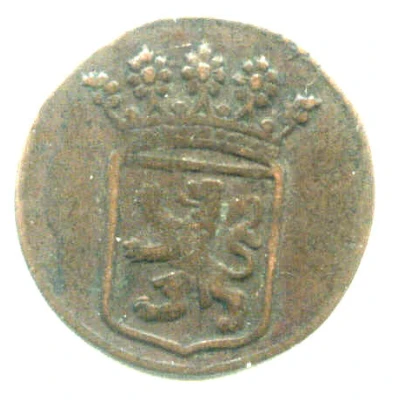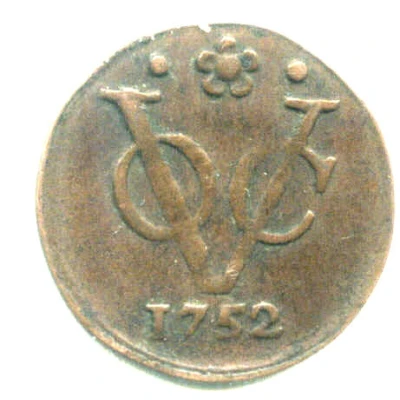


© Rusliansyah
¼ Duit pitjes
1744 year| Tin-lead (Lead 50%, Tin 50%) | 0.85 g | 14 mm |
| Issuer | Indonesia › Netherlands East Indies (1601-1949) |
|---|---|
| Period | United East India Company (1602-1800) |
| Type | Standard circulation coin |
| Year | 1744 |
| Value | ¼ Duit (1⁄384) |
| Currency | Gulden (1726-1854) |
| Composition | Tin-lead (Lead 50%, Tin 50%) |
| Weight | 0.85 g |
| Diameter | 14 mm |
| Thickness | 0.8 mm |
| Shape | Round with a round hole |
| Orientation | Coin alignment ↑↓ |
| Demonetized | Yes |
| Updated | 2024-10-05 |
| Numista | N#308123 |
|---|---|
| Rarity index | 100% |
Reverse
Blank.
Edge
Plain
Comment
These coins were struck in Batavia, made of lead and tin in approximately equal quantity. They were put into circulation on 14 February 1744, to the value of ¼ doit or ¹⁄₁₆ stuiver and declared current in Batavia and on Java.This type does not appear in the main reference catalogs but a history can be found in the Nederlandsch-Indisch plakaatboek, 1602-1811, part 5.
Interesting fact
One interesting fact about the ¼ Duit (pitjes) coin from Indonesia › Netherlands East Indies (1601-1949) is that it was made of a unique alloy of Tin-lead, with 50% Lead and 50% Tin. This composition was used to reduce the cost of production, as Tin was a more expensive metal than Lead at the time. Despite being made of a less valuable metal, the coin still maintained its value and was widely used in trade and commerce.

